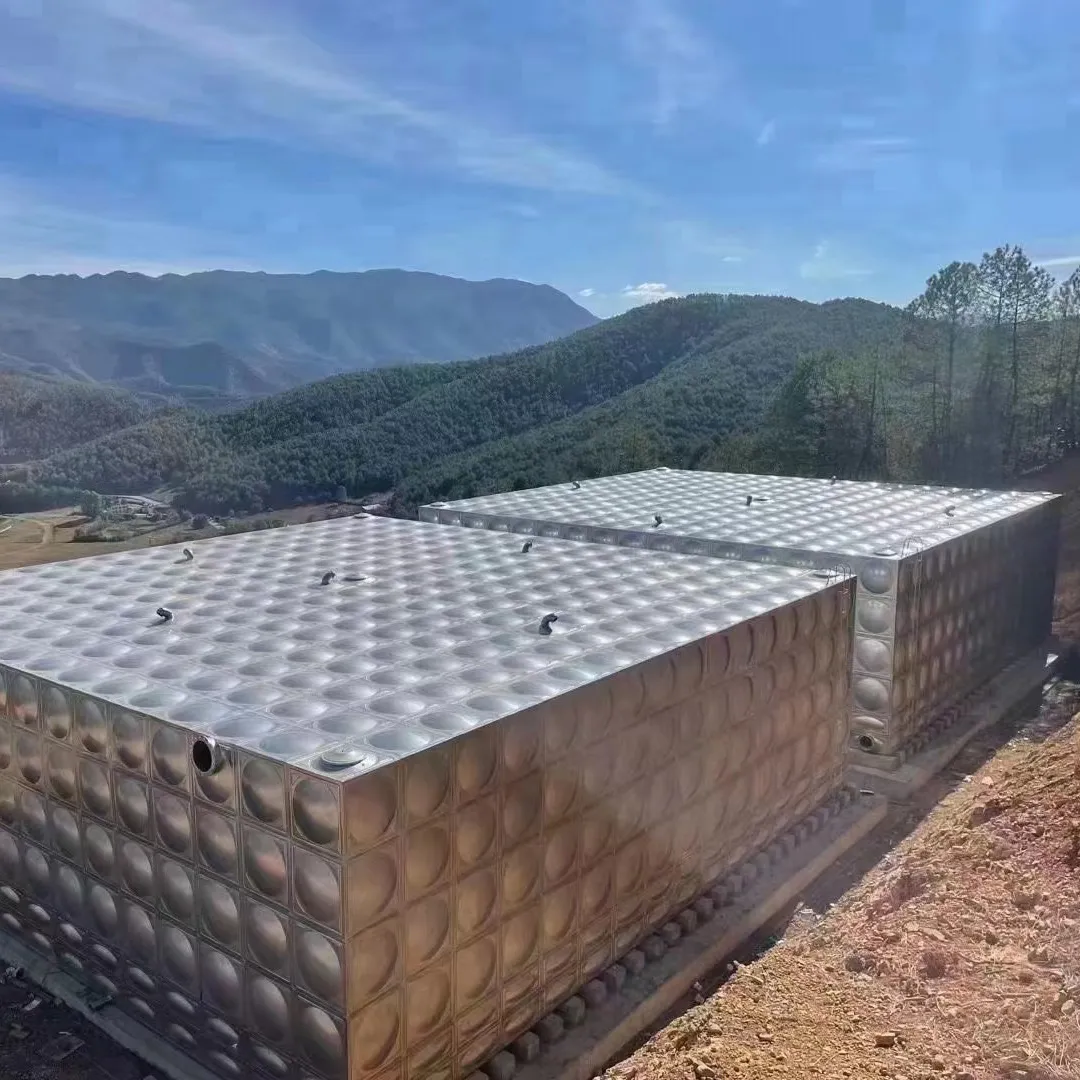loading...
- No. 9, Xingyuan South Street, Dongwaihuan Road, Zaoqiang County, Hengshui, Hebei, China
- admin@zjcomposites.com
- +86 15097380338
- Welcome to visit our website!
grp sandwich panels
Understanding GRP Sandwich Panels An Overview
In the realm of modern construction and architecture, the quest for materials that provide high durability, insulation, and cost-effectiveness has led to the widespread adoption of various types of panels. Among these, Glass Reinforced Plastic (GRP) sandwich panels have emerged as a popular choice due to their unique properties and versatile applications. This article delves into the components, benefits, applications, and future of GRP sandwich panels.
What are GRP Sandwich Panels?
GRP sandwich panels consist of three layers two outer layers (skins) made of glass reinforced plastic and a core material. The core can be made from various materials, including polystyrene, polyurethane, or even honeycomb structures, depending on the desired insulation properties and strength requirements. The sandwich design optimizes the physical properties of the materials, creating a lightweight yet robust structure that is favored in various settings.
Benefits of GRP Sandwich Panels
1. Strength and Durability One of the most significant advantages of GRP sandwich panels is their impressive strength-to-weight ratio. The glass fibers provide exceptional tensile strength, while the plastic matrix enhances durability against environmental factors. This makes them ideal for withstanding the rigors of construction and use in demanding environments.
2. Thermal and Acoustic Insulation The core material plays a crucial role in providing thermal insulation. GRP sandwich panels can reduce energy costs by minimizing heat transfer, making them an excellent choice for buildings that require effective climate control. Additionally, their layered structure offers good acoustic insulation, which is beneficial in reducing noise pollution in urban areas or industrial environments.
3. Corrosion Resistance Unlike traditional materials such as metal, GRP does not corrode or degrade when exposed to moisture or chemicals. This makes GRP sandwich panels particularly valuable in coastal and industrial environments, where salt and chemicals can significantly affect other construction materials.
4. Lightweight Design The lightweight nature of GRP panels makes them easier to transport and install, reducing labor costs and time. Their lower weight also places less stress on supporting structures, enabling greater design flexibility in building projects.
5. Aesthetic Versatility GRP can be molded or manufactured into various shapes, colors, and finishes, allowing architects and designers to create visually appealing structures without compromising on performance. This aesthetic flexibility makes GRP sandwich panels suitable for both functional and decorative applications.
grp sandwich panels

Applications of GRP Sandwich Panels
GRP sandwich panels are utilized in various sectors
- Commercial and Industrial Buildings They are commonly used for walls, roofs, and partitions in warehouses, factories, and retail environments due to their robustness and insulating properties. - Cold Storage and Refrigeration The thermal insulation properties of GRP sandwich panels make them ideal for cold storage facilities, helping to maintain consistent temperatures and reduce energy costs.
- Transport and Vehicles GRP panels are used in manufacturing bus bodies, trailers, and shipping containers, leveraging their lightweight and durable characteristics.
- Clean Rooms and Laboratories The hygienic properties of GRP make these panels suitable for environments where cleanliness and sterility are paramount, including pharmaceutical and food processing facilities.
Future of GRP Sandwich Panels
As the world moves toward more sustainable building practices, the demand for materials that are not only durable but also environmentally friendly is on the rise. GRP sandwich panels are being developed with recycled materials and bio-based resins, contributing to reduced environmental impact and enhancing their appeal in the construction industry.
Additionally, advancements in manufacturing technologies, such as improved resin formulations and automated production processes, are expected to lower costs and improve the performance characteristics of GRP panels. With rising energy prices, the need for effective insulation will likely lead to increased adoption of these panels in construction projects worldwide.
Conclusion
In conclusion, GRP sandwich panels represent a significant advancement in building materials, offering a combination of strength, durability, thermal efficiency, and aesthetic versatility. Their growing use in various applications illustrates their importance in contemporary construction, while ongoing developments promise to enhance their performance and sustainability. As architects and builders continue to seek innovative solutions for complex challenges, GRP sandwich panels will undoubtedly play an essential role in shaping the future of construction.
-
GRP Structures: The Future of Lightweight, High-Performance EngineeringNewsJun.20,2025
-
FRP Water Tank: High-Performance Storage for Corrosive and Clean Water SystemsNewsJun.20,2025
-
FRP Square Tube: The New Industry Standard for Chemical and Structural ApplicationsNewsJun.20,2025
-
FRP Pultruded Profiles: The Ultimate Choice for Lightweight Structural StrengthNewsJun.20,2025
-
FRP Handrails: The Safer, Smarter, and Stronger Choice for Modern InfrastructureNewsJun.20,2025
-
FRP Grating: The Smart Solution for Durable, Lightweight Industrial FlooringNewsJun.20,2025
-
Why Choose a Galvanized Water Tank for Your Storage NeedsNewsMay.21,2025
